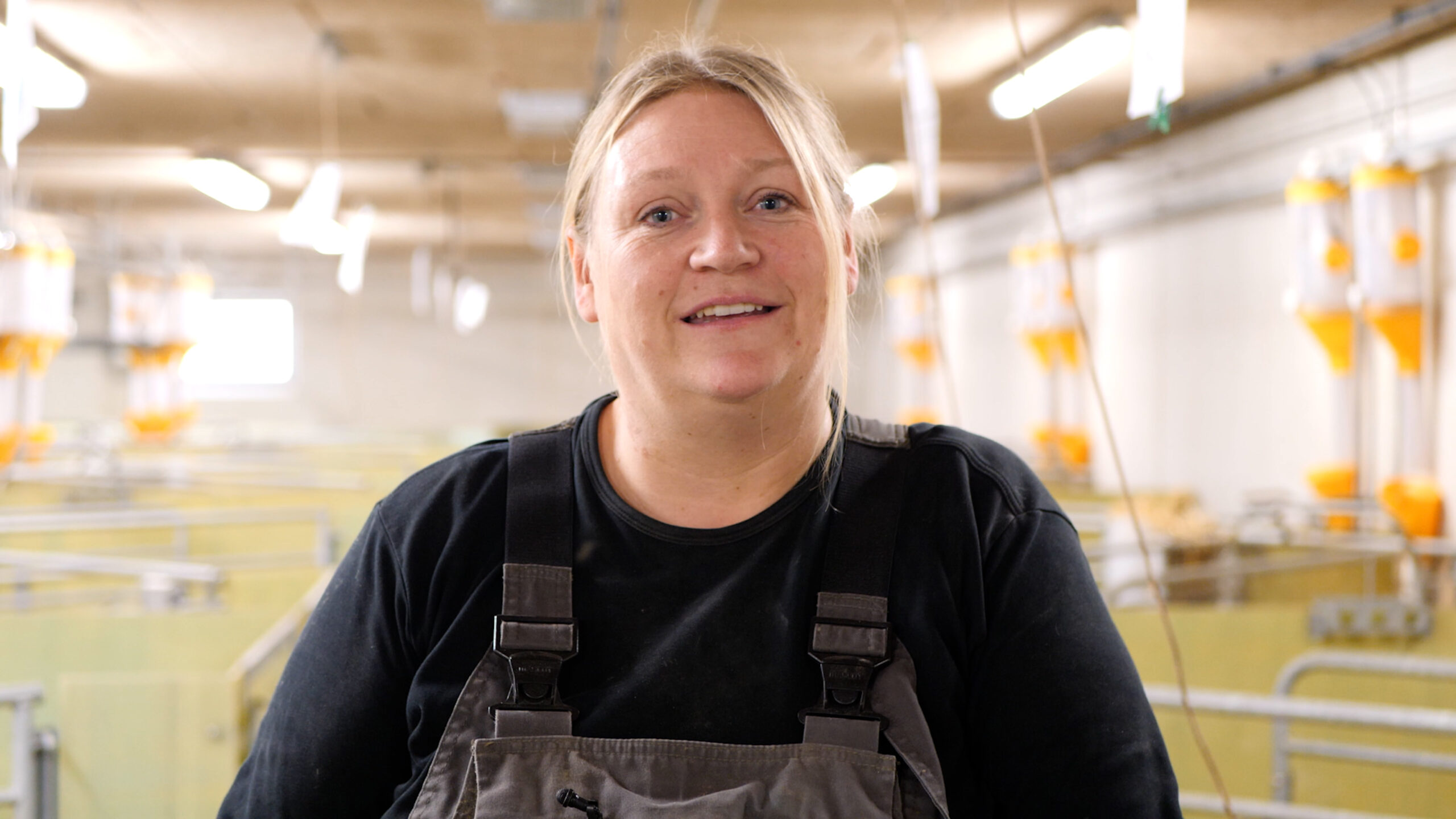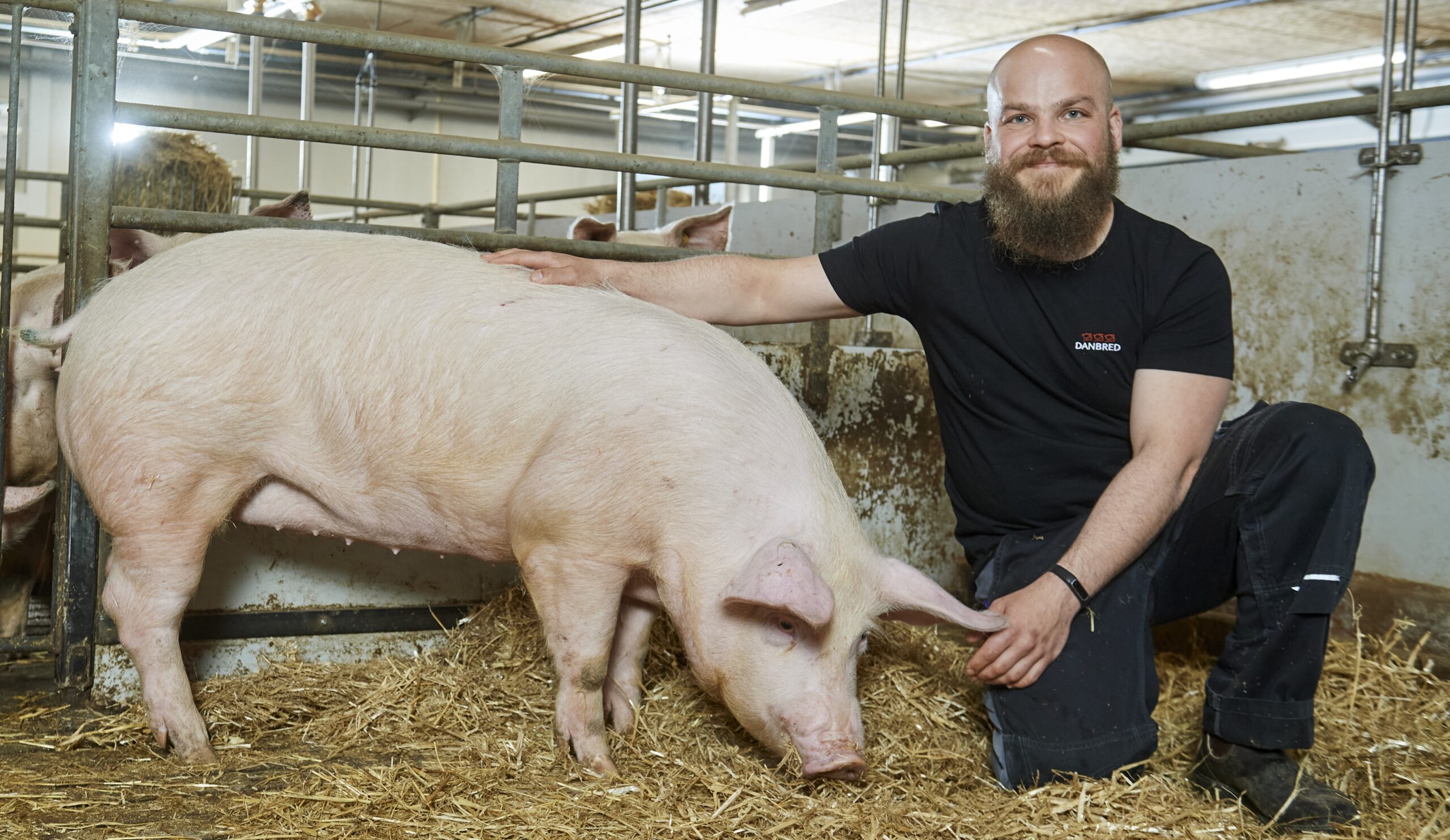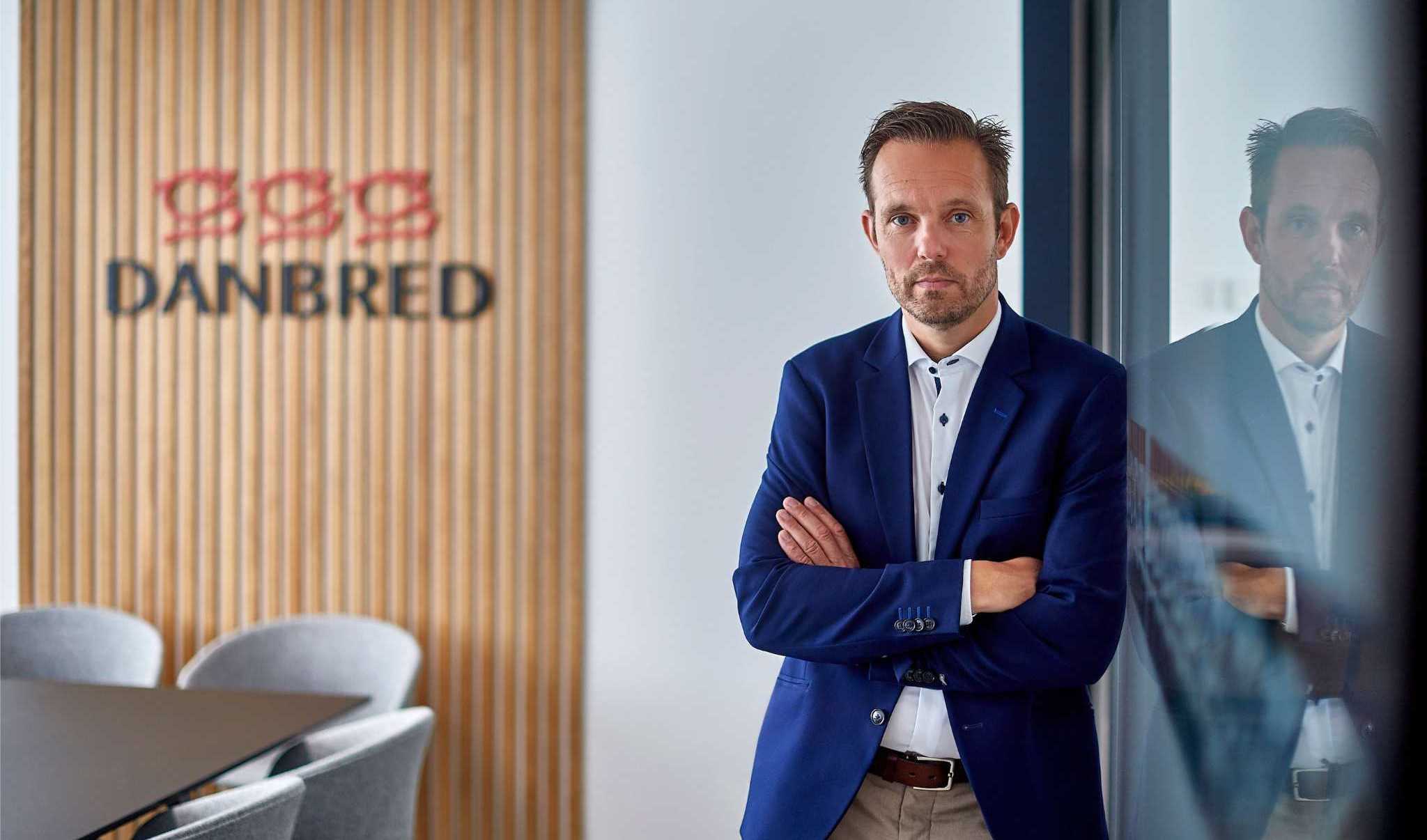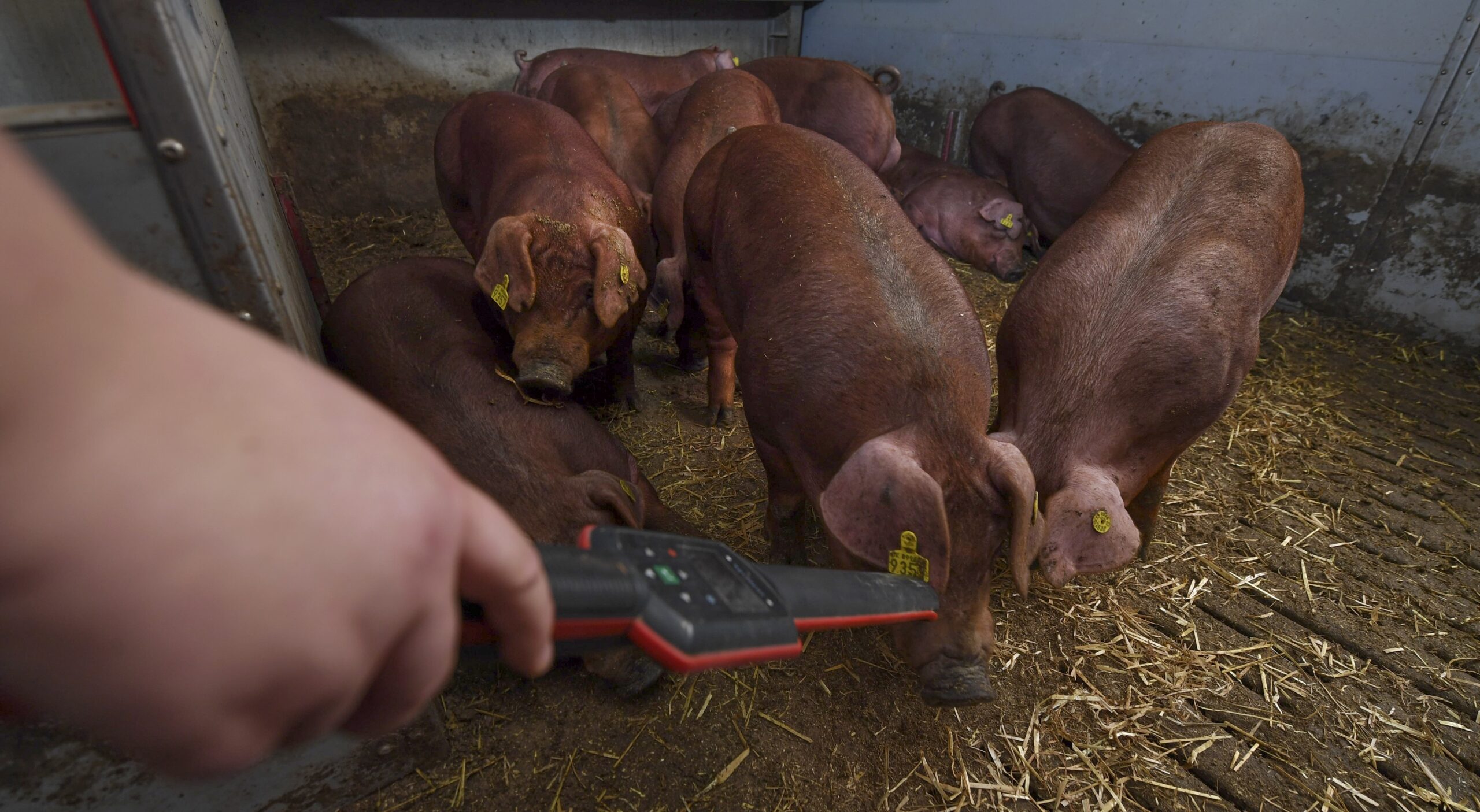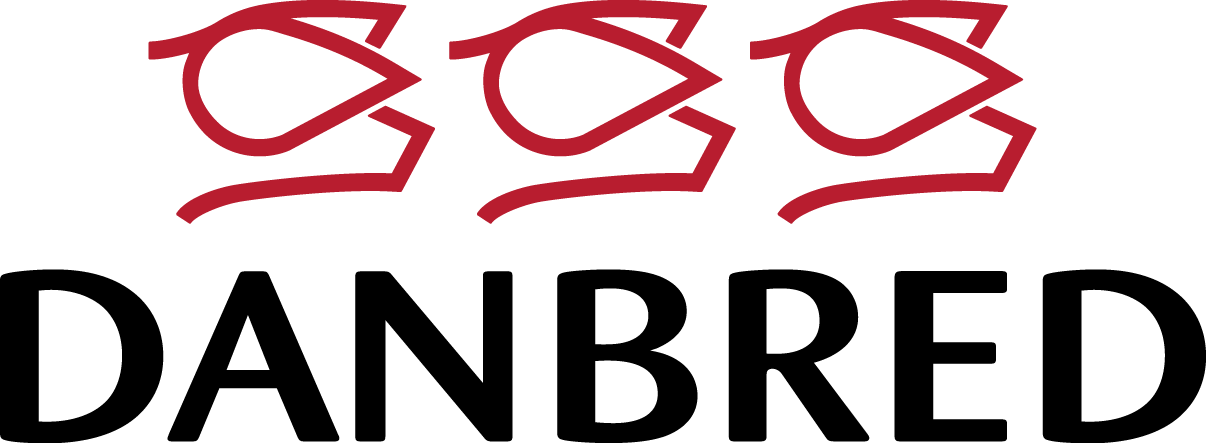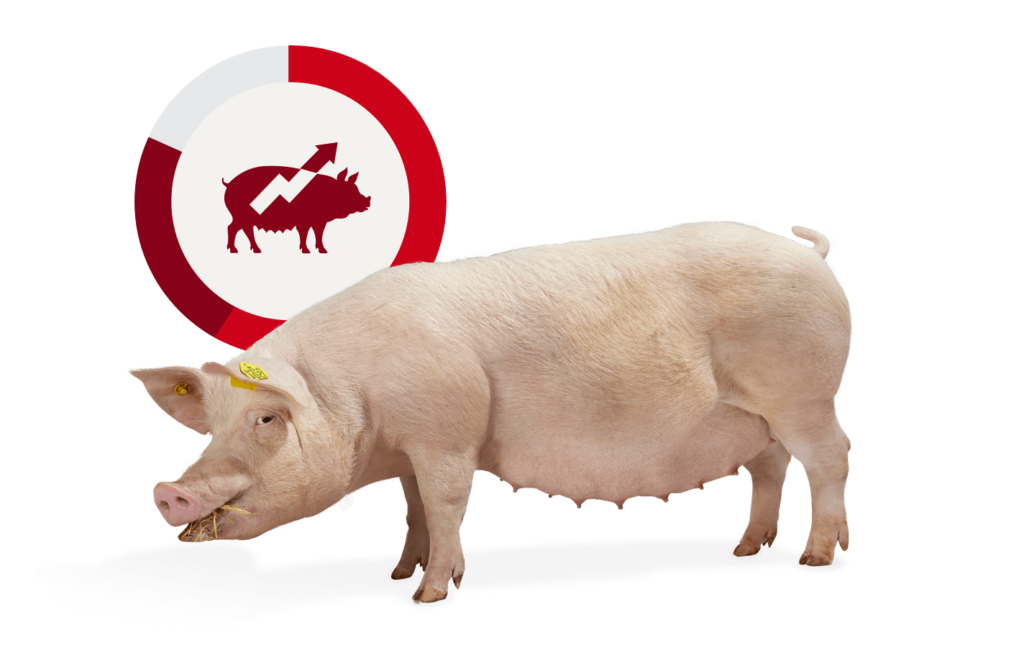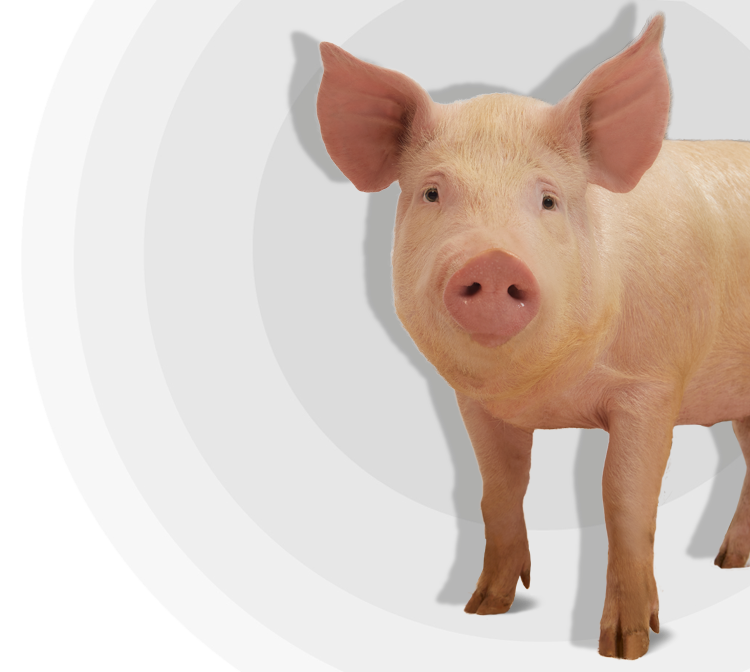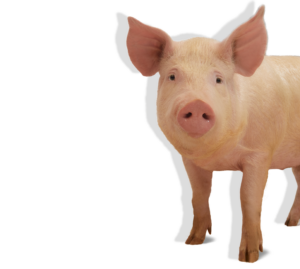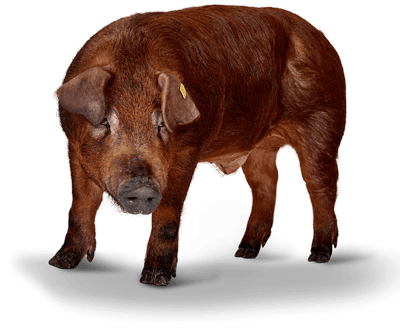February 1st, Bøgildgård DanBred boar testing station in Denmark celebrates its 40th anniversary. Bøgildgård has been instrumental in making pig production based on DanBred genetics more sustainable over the past 40 years.
In 1981, Bøgildgård was established in Oustruplund near the town Kjellerup in Jutland. It was established by the Federation of Danish Co-operative Bacon Factories to make breeding for high daily gain, low feed conversion ratio, and high carcass quality more efficient. Back then, Bøgildgård boar testing station and five other testing stations received 30 kg pigs from more than 100 breeding herds. Ever since, the development of the traits at the testing station has helped define the sustainable production seen today.
Expansion of Bøgildgård
In 1989, it was decided to expand Bøgildgård by building a controlled environment section to ensure higher conformity in the testing system. The 30 kg pigs from the breeding herds could differ quite a lot and receiving the pigs at 7 kg instead would ensure even better data. All data registration should take place at Bøgildgård to increase the quality of the data collected from the pigs, and thus, the five other existing testing stations were dismantled.

From litter mates to electronic feeding equipment
Until 1992, only two boars from the same litter were placed in each pen. Here, their average feed consumption was registered, which formed the basis for calculating the breeding index. That changed when electronic feeding equipment was installed.
”In 1992, we installed electronic feeding equipment to measure the individual animal’s feed intake. That ensured the precise measuring we still have today, and in 2014, new feeding equipment was installed,” says Anders Vernersen, Head of
SEGES Breeding & Genetics, which is charge of the R&D for the DanBred breeding programme.
Because the new electronic feeding equipment enabled individual measurement of the pigs, it was now possible to have 12, and later 14, pigs per pen instead of having only two boars per pen. Consequently, the number of pens were expanded from 896 pen places to 1,536 pen places.
”Bøgildgård has been instrumental in achieving the genetic gain in feed conversion ratio, because we are able to accurately measure the feed conversion and feed intake in many boars yearly. Thus, at Bøgildgård, we can measure other traits than in the nucleus herds. We know the actual feed consumption from the pigs at Bøgildgård. Based on correlations between feed conversion, daily gain, and lean meat percentage, we can deduce knowledge about the feed conversion ratio in animals whose daily gain and lean meat percentage are measured with in-herd performance testing in the DanBred nucleus herds,” says Anders Vernersen.
Best boars for AI
Jørgen Hoberg is part of the team that looks after the pigs at Bøgildgård. He started working at the boar testing station when it was established 40 years ago. Consequently, he experienced first-hand the building of the controlled environment section and the introduction of more technologic methods at Bøgildgård.
”At Bølgildgård, all boars are treated the same way. That is one of our strengths here at the boar testing station. And we handle it according to the same concept as in 1992. We register the individual animal’s feed conversion, and we do not take into consideration the boar’s ancestors or which DanBred nucleus herd it comes from. Consequently, the data is exact,” he says.
In the beginning, they had to register the data by hand. Today, data is sent directly to the system and to the DanBred Databank, where it is used to calculate the DanBred breeding index and, thus, to find the boars with the best genetic potential. These boars are then sent to the AI stations. Over the past year, Bøgildgård has been eraditcated for PRRS, and therefore, it is expected that just above 100 of the performance-tested boars can be exported to AI stations outside Denmark. That is 100 high performance boars each month from now on.
”We receive 144 boars a week, which corresponds to 7,500 performance-tested boars each year. Based on the DanBred index, the best boars are chosen for breeding and multiplication in the DanBred Breeding system and are sent to an AI station in Denmark, whereas the remaining top boars are sold to other countries and a few are slaughtered,” says Jørgen Hoberg.
Contributing to a sustainable production
Bøgildgård has contributed to advancing sustainable production because the DanBred breeding programme systematically selects breeding candidates with the best feed conversion ratio, highest daily gain, and the desired carcass quality.
”The fact that we have Bøgildgård and, therefore, have been able to register and breed for important traits such as daily gain, feed conversion, lean meat percentage, and carcass quality has been vital to our breeding. It has contributed to making the DanBred breeding system the very best in the world,” says Anders Vernersen.
Jørgen Hoberg agrees: ”The feed conversion ratio has decreased significantly. Since we began registering feed conversion ratio for individual boars in 1992, the feed conversion ratio for DanBred Duroc has decreased by 0.5 feed unit per kg daily gain. At the same time, the daily gain has increased, and today, on average, a DanBred boar reaches its desired slaughter weight 10 days earlier than 20 years ago.”
Looking to the future
Anders Vernersen also believes the focus on sustainable breeding will continue in the future. During the last four decades, Bøgildgård has housed many R&D project, and a new research project has just started at the boar testing station to innovate the Metabolomic Selection method, so it can be applied in DanBred’s breeding.
”We continuously strive to develop new methods and technologies to improve the DanBred breeding stock of the future and, thereby, make the production of pigs and foods more climate neutral. Metabolomic Selection will enable us to analyse metabolites in a blood sample from a pig to find the breeding animals that have a low feed conversion ratio or a specific meat quality,” Anders Vernersen says. “This innovative method can potentially reduce CO2 emissions by 150,000 tonnes CO2 equivalents per year due to reduced feed consumption.”
|
Measuring feed intake at Bøgildgård The installation of electronic feeding equipment in 1992 rendered individual electronic measuring of the boars possible. In 2014, it was replaced by new electronic feeding equipment. An antenna in the feeding equipment registers which boar is eating. The feed trough is weighed before and after the pig eats, and the difference indicates the amount of consumed feed. The boars have free access to the feeding equipment, and some boars use it more than 100 times a day. |



